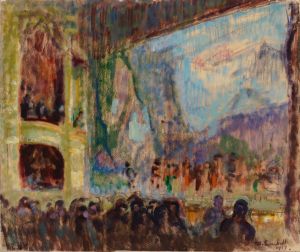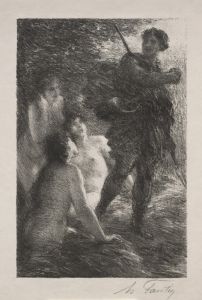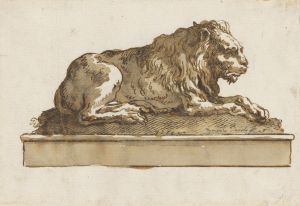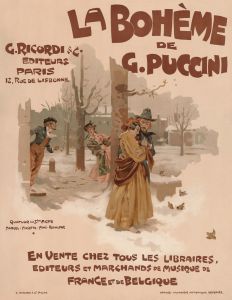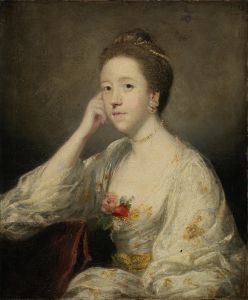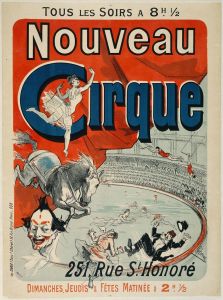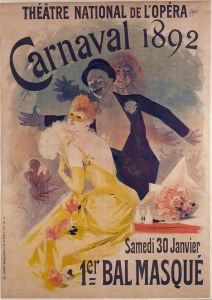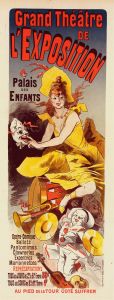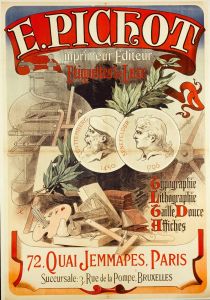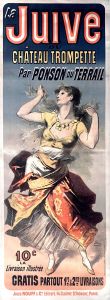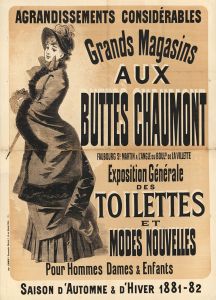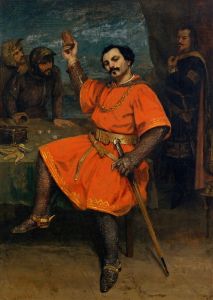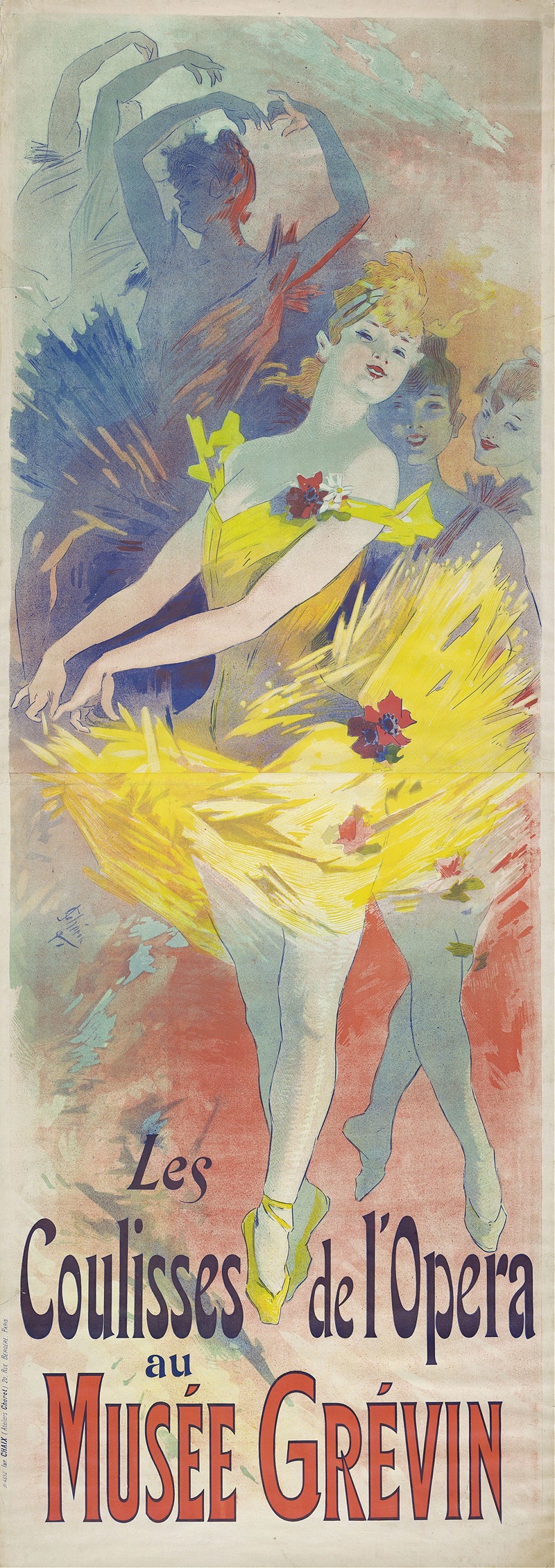
Coulisses de l’opera au Musée Grévin
A hand-painted replica of Jules Chéret’s masterpiece Coulisses de l’opera au Musée Grévin, meticulously crafted by professional artists to capture the true essence of the original. Each piece is created with museum-quality canvas and rare mineral pigments, carefully painted by experienced artists with delicate brushstrokes and rich, layered colors to perfectly recreate the texture of the original artwork. Unlike machine-printed reproductions, this hand-painted version brings the painting to life, infused with the artist’s emotions and skill in every stroke. Whether for personal collection or home decoration, it instantly elevates the artistic atmosphere of any space.
Jules Chéret's Coulisses de l’opéra au Musée Grévin is a notable artwork created by the French artist and lithographer Jules Chéret (1836–1932). Chéret, often referred to as the "father of the modern poster," was renowned for his vibrant and dynamic designs that played a significant role in shaping the visual culture of the late 19th century. His works often depicted lively scenes of Parisian life, capturing the spirit of the Belle Époque.
The title of the artwork, Coulisses de l’opéra au Musée Grévin, translates to "Backstage at the Opera at the Musée Grévin." The Musée Grévin, located in Paris, is a famous wax museum established in 1882. It became a popular cultural attraction during Chéret's time, showcasing wax figures of notable personalities and scenes from history and contemporary life. The museum also featured theatrical and operatic displays, which may have inspired Chéret's depiction.
This particular artwork reflects Chéret's characteristic style, which combines fluid movement, vibrant colors, and a sense of theatricality. While the exact medium and dimensions of the piece are not widely documented, Chéret's works were often created as lithographs, a technique he mastered and popularized. His use of lithography allowed for the production of vivid, large-scale posters that were both artistic and functional, often used for advertising purposes.
The subject matter of Coulisses de l’opéra au Musée Grévin aligns with Chéret's fascination with entertainment and performance. By focusing on the backstage of an opera, the artwork provides a glimpse into the world behind the curtain, highlighting the performers and the atmosphere of preparation and anticipation. This theme resonates with the broader cultural interest in the performing arts during the Belle Époque, a period marked by a flourishing of artistic and social activity in Paris.
Chéret's influence extended beyond his individual works; he played a pivotal role in elevating the status of posters as a legitimate art form. His innovative approach to design and his ability to capture the essence of modern life earned him widespread acclaim. In recognition of his contributions to the arts, Chéret was awarded the Légion d'honneur in 1890.
While specific details about Coulisses de l’opéra au Musée Grévin are limited, the artwork remains a testament to Chéret's artistic vision and his ability to encapsulate the vibrancy of his era. It serves as a valuable example of his work and the cultural milieu of late 19th-century Paris.





